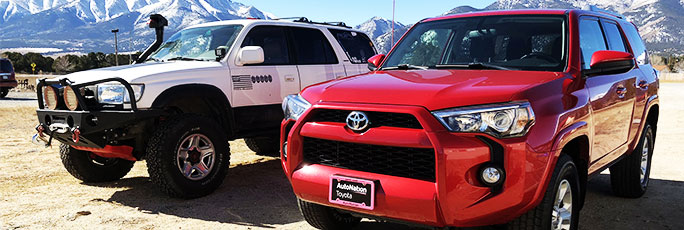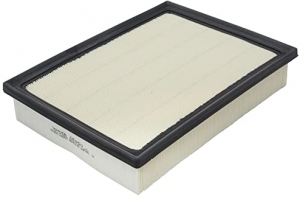-
Welcome to 4Runners.com!
You are currently viewing as a guest! To get full-access, you need to register for a FREE account.
As a registered member, you’ll be able to:- Participate in all 4Runner discussion topics
- Transfer over your build thread from a different forum to this one
- Communicate privately with other 4Runner owners from around the world
- Post your own photos in our Members Gallery
- Access all special features of the site
Quick Links: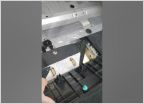 2nd row seat removal
2nd row seat removal 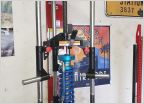 Any suggestions for a good brand of spring compressors that won't kill or maim me?
Any suggestions for a good brand of spring compressors that won't kill or maim me? 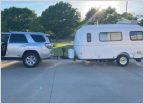 2016 SR5 with lift - running boards and towing
2016 SR5 with lift - running boards and towing  Does Dash Usb provide 5.5v or 1.5A for dash cam?
Does Dash Usb provide 5.5v or 1.5A for dash cam? 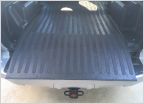 Can anyone recommend a non-slip cargo area tray/mat/liner good for dogs?
Can anyone recommend a non-slip cargo area tray/mat/liner good for dogs?  Newish to the group
Newish to the group
2022 4Runner Brake Bleed - Help
Discussion in '5th Gen 4Runners (2010-2024)' started by ccaaby, Mar 8, 2025.

